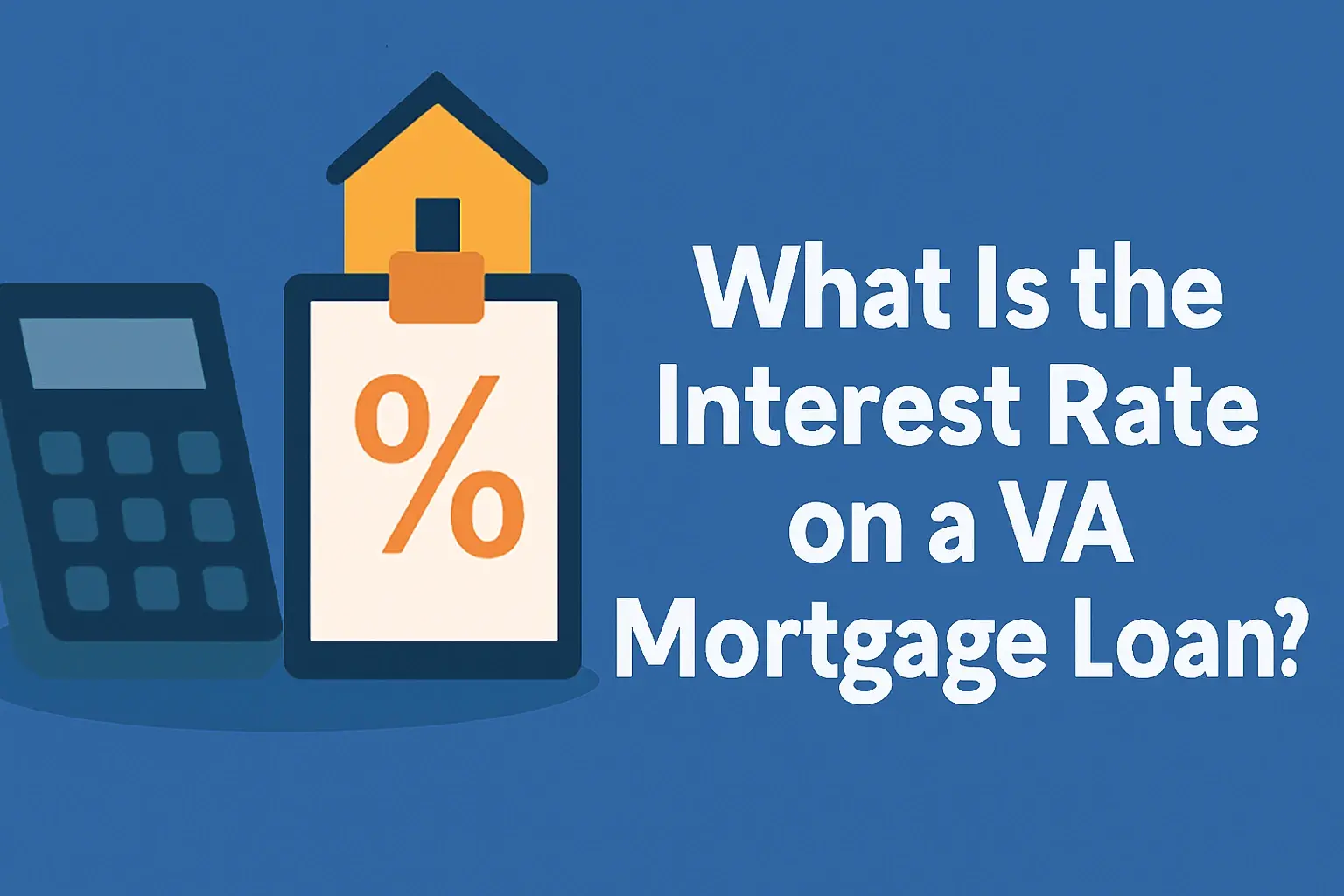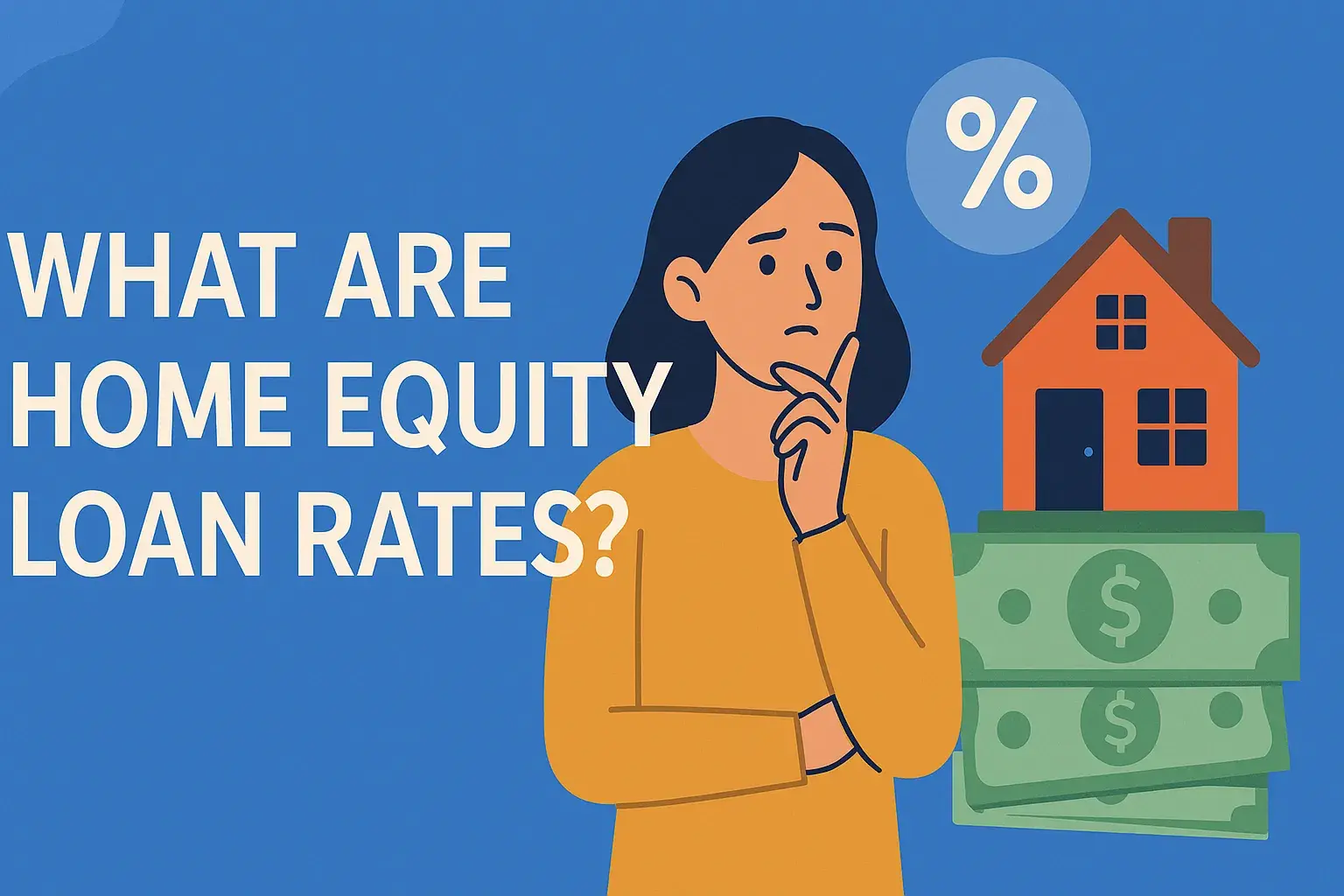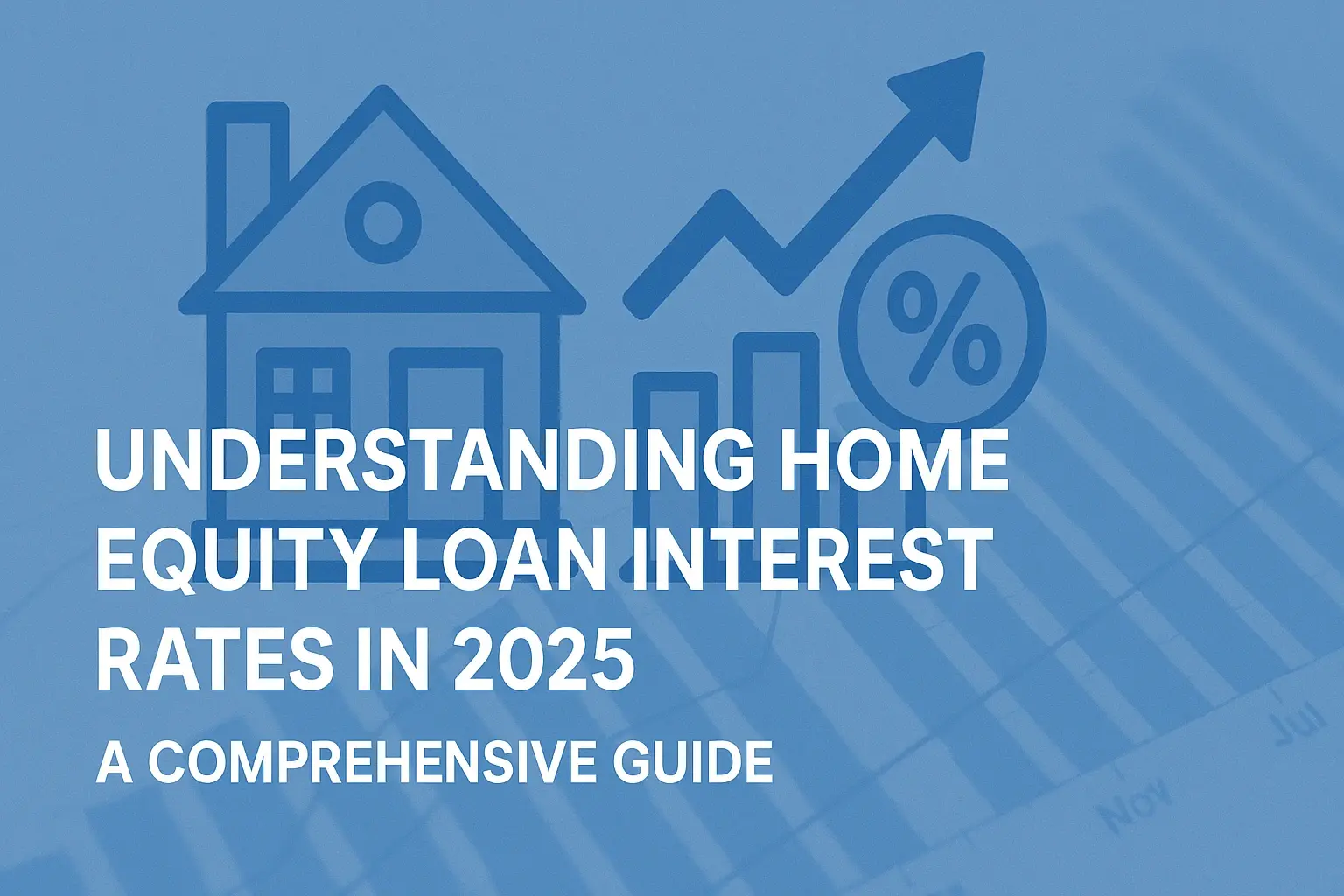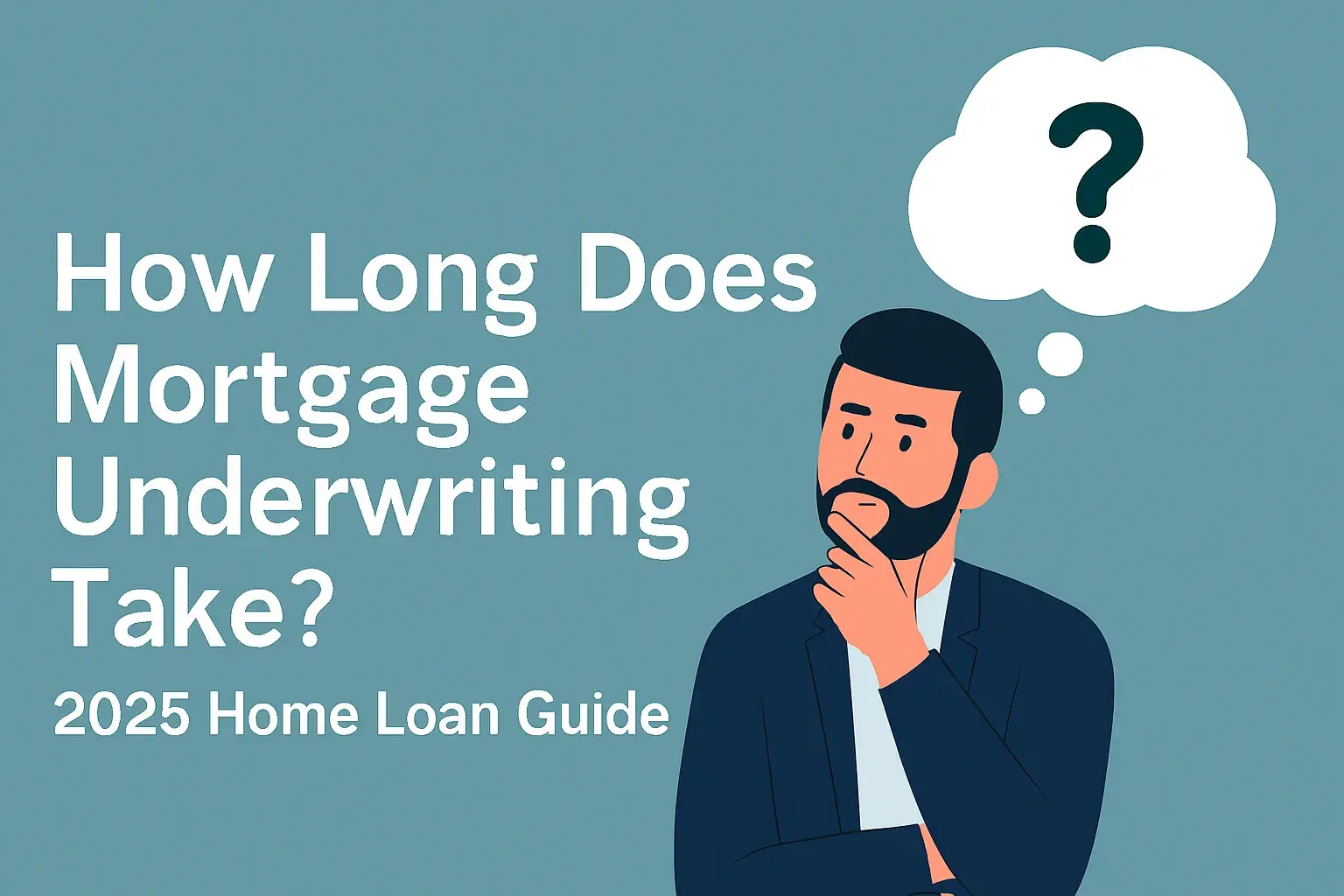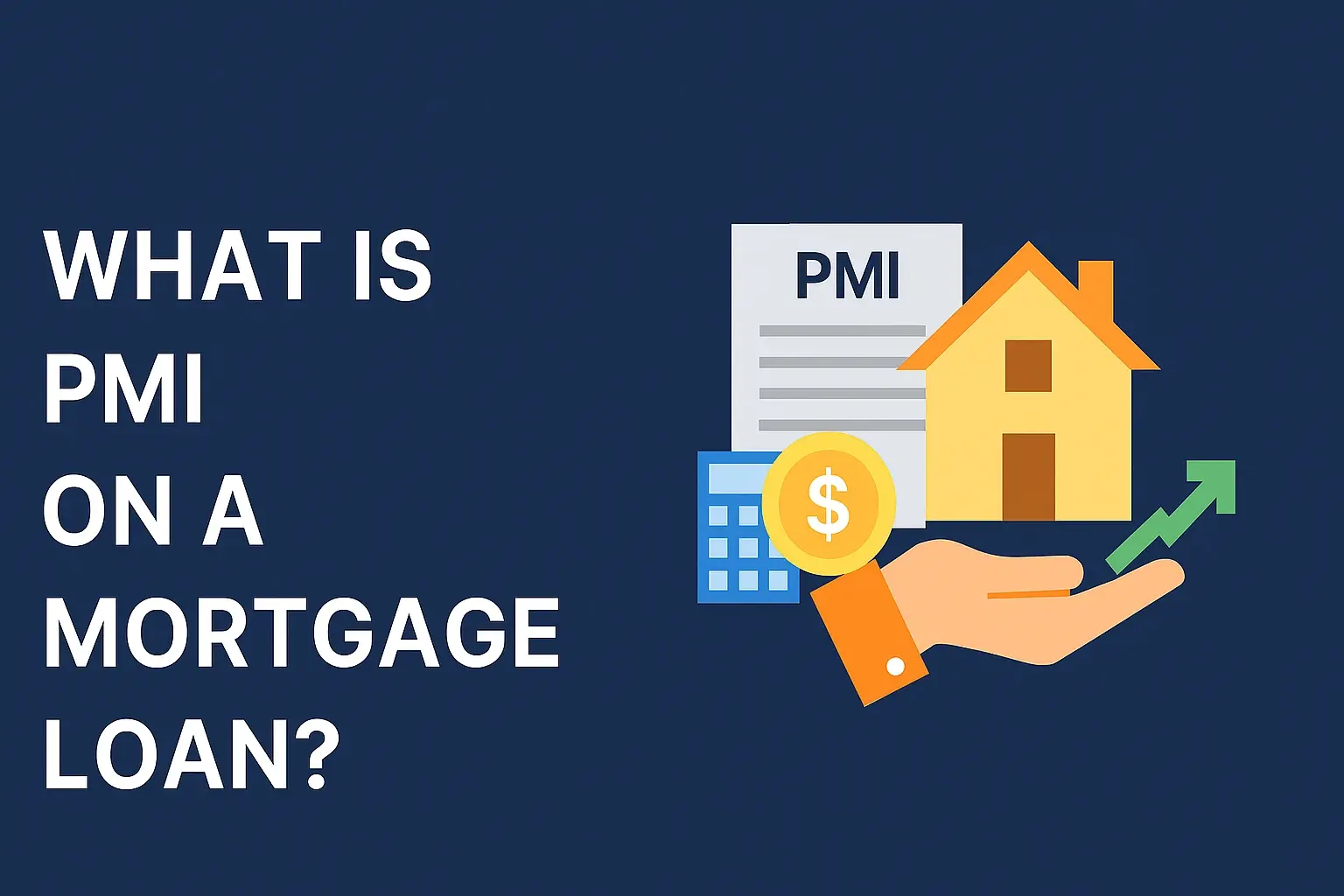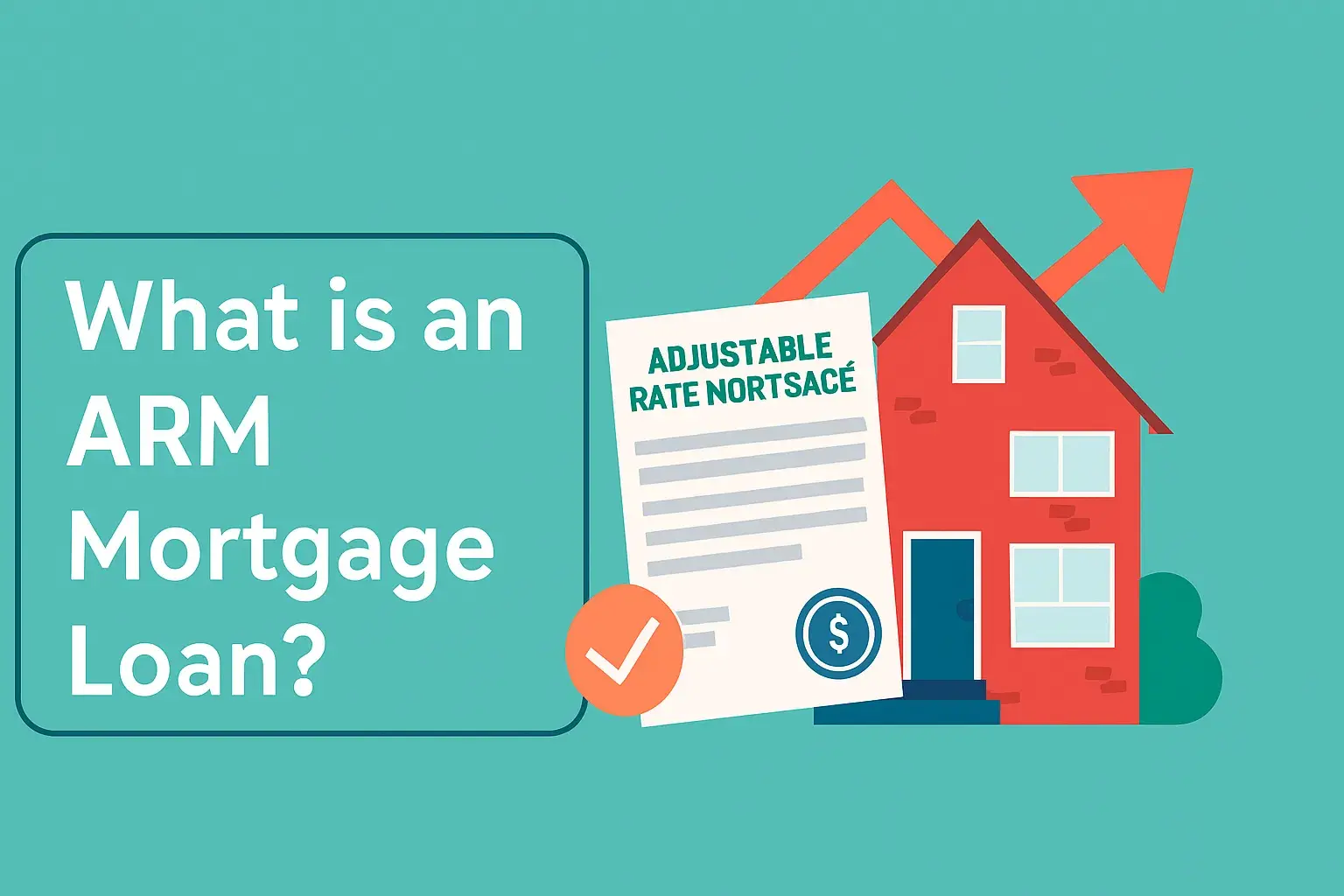-
Posted on: 23 Jul 2024
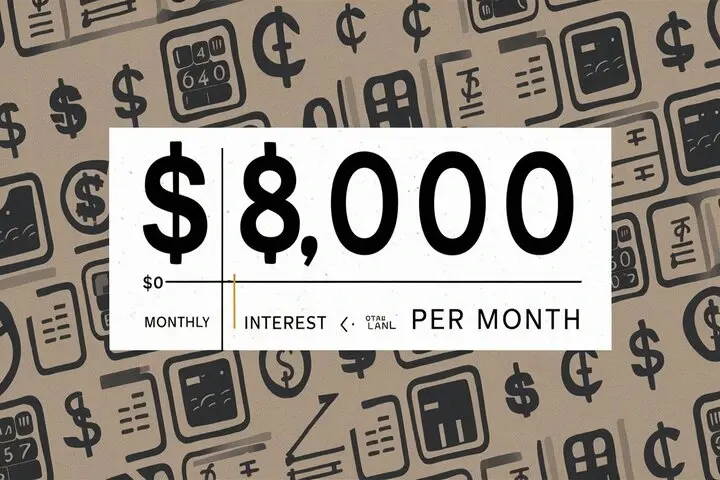
-
Taking out a loan can be a significant financial decision. Whether you're consolidating debt, covering unexpected expenses, or financing a purchase, understanding the monthly cost of a loan is crucial. This article will break down the factors that influence the monthly payments for an $8000 loan and provide you with the tools and knowledge to estimate your repayment costs accurately.
Key Factors Affecting Your $8000 Loan Monthly Payment
The monthly payment on an $8000 loan isn't a fixed number. It's determined by several factors, each playing a significant role in the final amount you'll pay each month. Understanding these factors empowers you to make informed decisions and potentially reduce your loan costs.
1. Interest Rate
The interest rate is the cost of borrowing money, expressed as a percentage of the loan amount. It's arguably the most significant factor influencing your monthly payment. A higher interest rate means you'll pay more in interest over the life of the loan, resulting in a higher monthly payment. Conversely, a lower interest rate translates to lower overall interest paid and a smaller monthly payment.
Interest rates are influenced by several factors, including:
- Credit Score: A higher credit score generally qualifies you for lower interest rates. Lenders perceive borrowers with good credit as less risky.
- Loan Type: Different types of loans (e.g., personal loans, auto loans, secured vs. unsecured) often come with varying interest rates.
- Lender: Interest rates can vary significantly between different lenders. It's essential to shop around and compare rates from multiple sources.
- Market Conditions: Economic conditions, such as inflation and the Federal Reserve's monetary policy, can affect prevailing interest rates.
2. Loan Term (Repayment Period)
The loan term is the length of time you have to repay the loan. It's typically expressed in months. The longer the loan term, the lower your monthly payment will be, but you'll pay more in total interest over the life of the loan. Conversely, a shorter loan term results in higher monthly payments, but you'll pay less in total interest.
Consider this trade-off carefully. While a lower monthly payment might seem attractive, the accumulated interest over a longer term can significantly increase the overall cost of the loan.
Here's an example:
- $8000 Loan at 8% Interest:
- 3-Year Term (36 Months): Estimated monthly payment: $250.78. Total Interest Paid: $1028.01.
- 5-Year Term (60 Months): Estimated monthly payment: $162.24. Total Interest Paid: $1734.29.
As you can see, extending the loan term from 3 years to 5 years significantly reduces the monthly payment but increases the total interest paid by over $700.
3. Loan Fees
Some lenders charge fees associated with originating or servicing the loan. These fees can include:
- Origination Fees: A fee charged by the lender for processing the loan application. It's often expressed as a percentage of the loan amount.
- Prepayment Penalties: A fee charged if you pay off the loan early. These are less common now but still worth checking for.
- Late Payment Fees: Fees charged if you miss a payment deadline.
- Application Fees: Some lenders may charge a fee just to apply for the loan.
Be sure to factor in any loan fees when comparing loan offers, as they can increase the overall cost of borrowing. Look for lenders with transparent fee structures and avoid those with excessive or hidden fees.
4. Credit Score and History
As mentioned earlier, your credit score is a primary factor determining your interest rate. A good credit score (typically 700 or higher) demonstrates to lenders that you're a responsible borrower and are more likely to repay the loan on time. This can result in significantly lower interest rates.
Conversely, a poor credit score (below 600) indicates a higher risk of default, leading to higher interest rates or even loan denial. If you have a low credit score, consider improving it before applying for a loan. This can involve paying down existing debt, correcting errors on your credit report, and avoiding late payments.
5. Collateral (Secured vs. Unsecured Loans)
Some loans are secured, meaning they're backed by collateral, such as a car (for an auto loan) or a house (for a mortgage). Unsecured loans, like personal loans, are not backed by collateral.
Secured loans typically have lower interest rates because the lender has recourse to seize the collateral if you default on the loan. However, you risk losing the asset if you can't repay the loan. Unsecured loans generally have higher interest rates to compensate for the increased risk to the lender.
Calculating Your Monthly Payment for an $8000 Loan
The most accurate way to determine your monthly payment is to use a loan calculator. Many online calculators are available for free. You'll need to input the following information:
- Loan Amount: $8000
- Interest Rate: Get this from a lender's offer, or estimate based on your credit score.
- Loan Term: How many months you'll have to pay back the loan.
Here's the formula for calculating a loan payment manually (although using a calculator is much easier):
M = P [ i(1 + i)^n ] / [ (1 + i)^n – 1]
Where:
- M = Monthly payment
- P = Principal loan amount ($8000)
- i = Monthly interest rate (annual interest rate divided by 12)
- n = Number of months in the loan term
Example Calculation
Let's say you're taking out an $8000 loan with an interest rate of 10% and a loan term of 48 months (4 years).
- P = $8000
- i = 10% / 12 = 0.008333 (monthly interest rate)
- n = 48
M = 8000 [ 0.008333(1 + 0.008333)^48 ] / [ (1 + 0.008333)^48 – 1]
M = 8000 [ 0.008333(1.008333)^48 ] / [ (1.008333)^48 – 1]
M = 8000 [ 0.008333(1.489846) ] / [ 1.489846 – 1]
M = 8000 [ 0.012415 ] / [ 0.489846]
M = 8000 [0.025344]
M = 203.316
Therefore, the estimated monthly payment would be approximately $203.32.
Finding the Best Loan for Your Needs
Before taking out an $8000 loan, it's essential to shop around and compare offers from multiple lenders. Consider the following steps:
- Check Your Credit Score: Understand your credit score and how it impacts your interest rate options.
- Compare Interest Rates: Obtain quotes from various lenders, including banks, credit unions, and online lenders. Pay attention to both the interest rate and any associated fees.
- Consider Loan Terms: Evaluate different loan terms and choose one that balances affordability with the total interest paid.
- Read the Fine Print: Carefully review the loan agreement before signing, paying attention to all terms and conditions.
- Consider Secured vs. Unsecured: Evaluate if you want a secured loan with a potentially lower rate, but risking an asset, or an unsecured loan with a higher rate but no collateral.
Alternatives to Taking Out an $8000 Loan
Before committing to a loan, explore alternative options that may be more suitable for your situation:
- Negotiate Payment Plans: If you're using the loan to cover a bill, try negotiating a payment plan with the creditor.
- Explore Credit Counseling: Credit counseling agencies can help you manage debt and create a budget.
- Consider a 0% APR Credit Card: If you have good credit, you might qualify for a credit card with a 0% introductory APR, allowing you to pay off the balance interest-free over a period of time.
- Borrow from Friends or Family: Consider borrowing from friends or family members, although be sure to formalize the agreement in writing to avoid misunderstandings.
- Look into Grants and Assistance Programs: Depending on your situation, you may qualify for grants or assistance programs that can help cover expenses.
